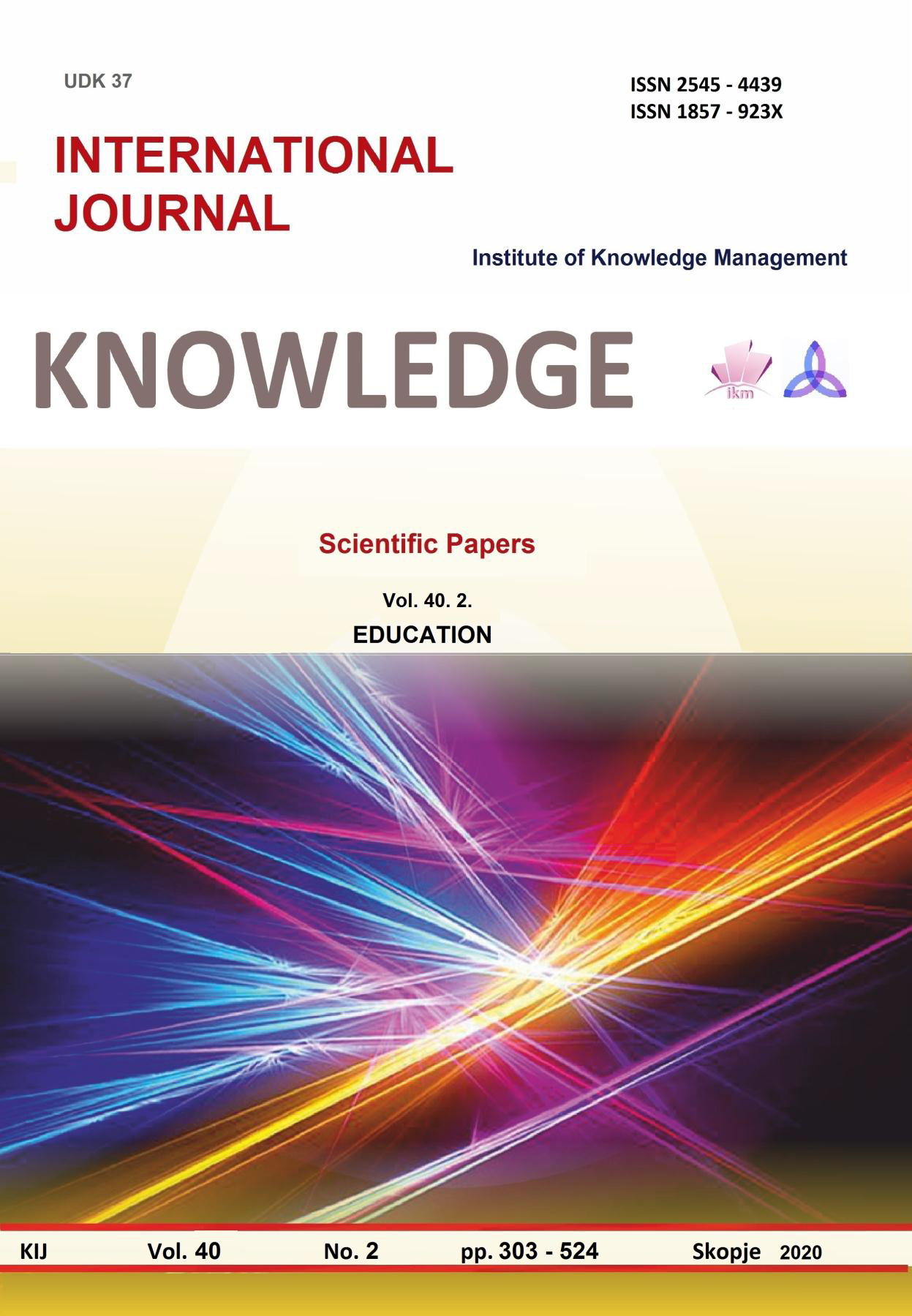MODEL OF BLENDING VIRTUAL AND TRADITIONAL CLASSROOMS IN SCHOOLS (FROM PRESCHOOL TO HIGH SCHOOL)
MODEL OF BLENDING VIRTUAL AND TRADITIONAL CLASSROOMS IN SCHOOLS (FROM PRESCHOOL TO HIGH SCHOOL)
Author(s): Veronica RachevaSubject(s): Education
Published by: Scientific Institute of Management and Knowledge
Keywords: virtual classroom; blended learning; preschool; traditional school
Summary/Abstract: We live in times of rapid development of information technologies. In recent months, the unexpected COVID-19 crisis has indisputably demonstrated the importance of information and communication technologies (ICT) in education. However, not only can technologies enable the continuation of learning when students are not together in a physical classroom, but they can also benefit learning, participation, creativity and communication when used in the traditional classroom. This paper will focus on the definition of blended learning and will present some recent findings that reveal why blended learning can be beneficial in the traditional classroom. The implementation of a blended learning model combining elements from traditional and virtual classrooms will be described and discussed. The model is applicable in all stages of school education – from preschool all the way through high school. It combines face-to-face, in-person communication and collaboration in the traditional classroom with remote video-conference live communication and interactive content. Usually, during traditional classes, the students interact from their physical classroom environment with a remote guest teacher online through a virtual classroom. They use videoconferencing to interact directly with the virtual teacher. Thus, they can ask and answer questions, participate in quizzes, etc. Moreover, the virtual teacher uses online tools to visualize and demonstrate learning content, which supports the perception and assimilation of new information. The entire interaction is facilitated by the students‘ main teacher on-site and usually continues with offline practical tasks or educational games to enhance and consolidate new knowledge and skills. In the winter of 2018, 87 preschool- and schoolteachers from Europe and Asia were trained to apply this model in their classrooms. They were also involved as participants in similar interactions with a remote guest lecturer in the virtual classroom and a lecturer on-site. Afterwards, they completed a survey to share their opinions about the application, its benefits and the resources needed to implement the blended learning model. The results showed that the respondents find a great variety of options for application of the blended model in any subject area. They see its potential to support real-life learning, to increase student motivation and engagement, and to improve the students‘ communication skills not only in their native language but also in other languages. What respondents think they need most is equipment, connectivity and teacher training. The teachers acknowledge the importance of blended learning as they see school as one of the places where children should have opportunities to acquire skills on how to use technologies as well as how to avoid online risks
Journal: Knowledge - International Journal
- Issue Year: 40/2020
- Issue No: 2
- Page Range: 327 - 333
- Page Count: 7
- Language: English

